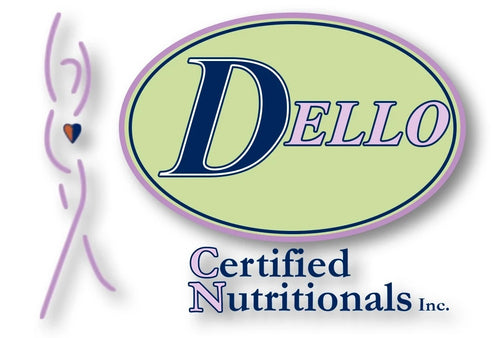Growing up on Long Island in a big family, I used to enjoy home-cooked meals almost everyday. Dinner was a ritual, a sacred time dedicated to sharing your day with one another. Those one-pot dishes were simple and nourishing, drinking tap water did not seem like breaking one of the 10 commandments and homemade desserts were an occasional treat. “Simplicity” is the word that comes to mind when I look back at those good old days.

In contrast, complexity and carbohydrates fuel our lives today. Our eating habits have changed over the years—and not just by switching from porridge to oatmeal. In 1970, the average American ate about 16.4 pounds of food per week (or 2.3 pounds daily); 30 years later, the average intake grew by almost two pounds. Vegetable consumption in the 1970s was up to 2.8 pounds weekly; contrast that with 0.4 pounds per week we eat nowadays. We also used to have eggs on the menu, now replaced with egg-white omelets, non-organic eggs or the ever-so-popular Egg Beaters. Whole milk, lately substituted with sodas and artificial juices, was a staple back then. Can you remember when milk delivery was a common occurrence? Not skim milk, not one percent milk, but real milk. Have our foods, in short, become a chemical experiment to feed the masses?
Americans are now consuming 42 percent more grains coming from breads, pastas and cereals. But that’s not, by far, the most alarming statistic, which is: According to a study by the US Department of Agriculture, the average American consumes the equivalent of 160 pounds of sugar a year or 53 heaping teaspoons of sugar a day! To put the figures into perspective, that’s 30 percent more sugar intake than in 1983—not a sweet fact. This sharp increase explains in part the high number of overweight and obese children and adolescents in the past 20 years. Corn syrup sweetener ingestion is up 17 percent compared to 1975. Alternatively, the US artificial sweetener market reached $189 million in 2008.
The level of minerals and nutrients has been steadily declining over decades as a result of modern food production. Spinach, for example, has 60 percent less iron than 50 years ago; vitamin C concentration in oranges has dropped as well. US-grown foods have unsafe levels of pesticide residues, and imported aliments from Mexico and South America are even more contaminated. Additionally, food given to livestock contains harmful hormones and antibiotics, which later create antibiotic-resistant bacteria. Giving hormones to cows is intended to increase their milk output by as much as 25 percent, but what’s the impact for humans? A direct parallel, in fact, can be identified between food and its chemical alteration and the increasing number of Americans who tip the scales, entering into higher health-risk categories. After shaking your head in disbelief at this sorry picture, let’s think alternatives. When wondering how we can transform our lives, start by changing the way we buy food. Be more selective when going to the supermarkets by keeping local farm stands as the source
After shaking your head in disbelief at this sorry picture, let’s think alternatives. When wondering how we can transform our lives, start by changing the way we buy food. Be more selective when going to the supermarkets by keeping local farm stands as the source for fresh produce. Secondly, make time for family dinners and transform desserts from a routine to a special occasion. You don’t need to go
overboard with a French tart or Italian tiramisu, but a fruit salad would be nice for a change. Finally, look closer at your plate: Just how large is your portion size? Making small changes on a daily basis (read: getting back to the basics) keeps families healthy. How about ditching frozen foods and going back to the taste of fresh vegetables? How about shelving those toxic, calorie-high chips and opting for something more nourishing? Simple changes can and will transform your wellbeing. But there’s no way of seeing results unless you start somewhere. •
WHEN ASKED TO “PASS THE SALT” JUST SAY NO. SODIUM LEVELS, ESPECIALLY FOR PROCESSED AND FROZEN FOODS, EXCEED THE UPPER TOLERABLE LIMIT FOR ADULTS, WHICH IS 2,300 MILLIGRAMS PER DAY. A HIGH-SODIUM DIET INCREASES THE RISK FOR HEART DISEASE, STROKE AND KIDNEY DISEASE.
